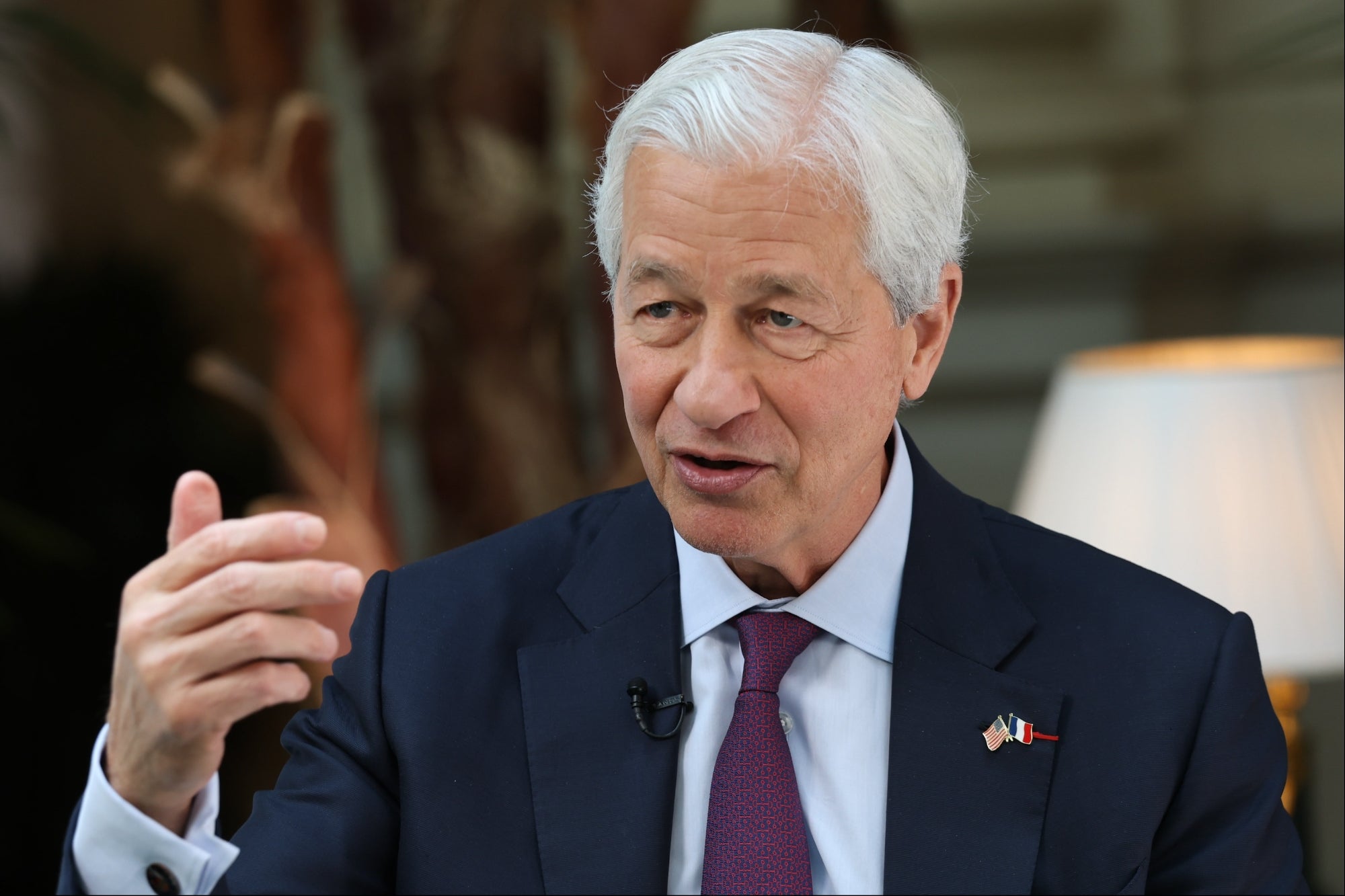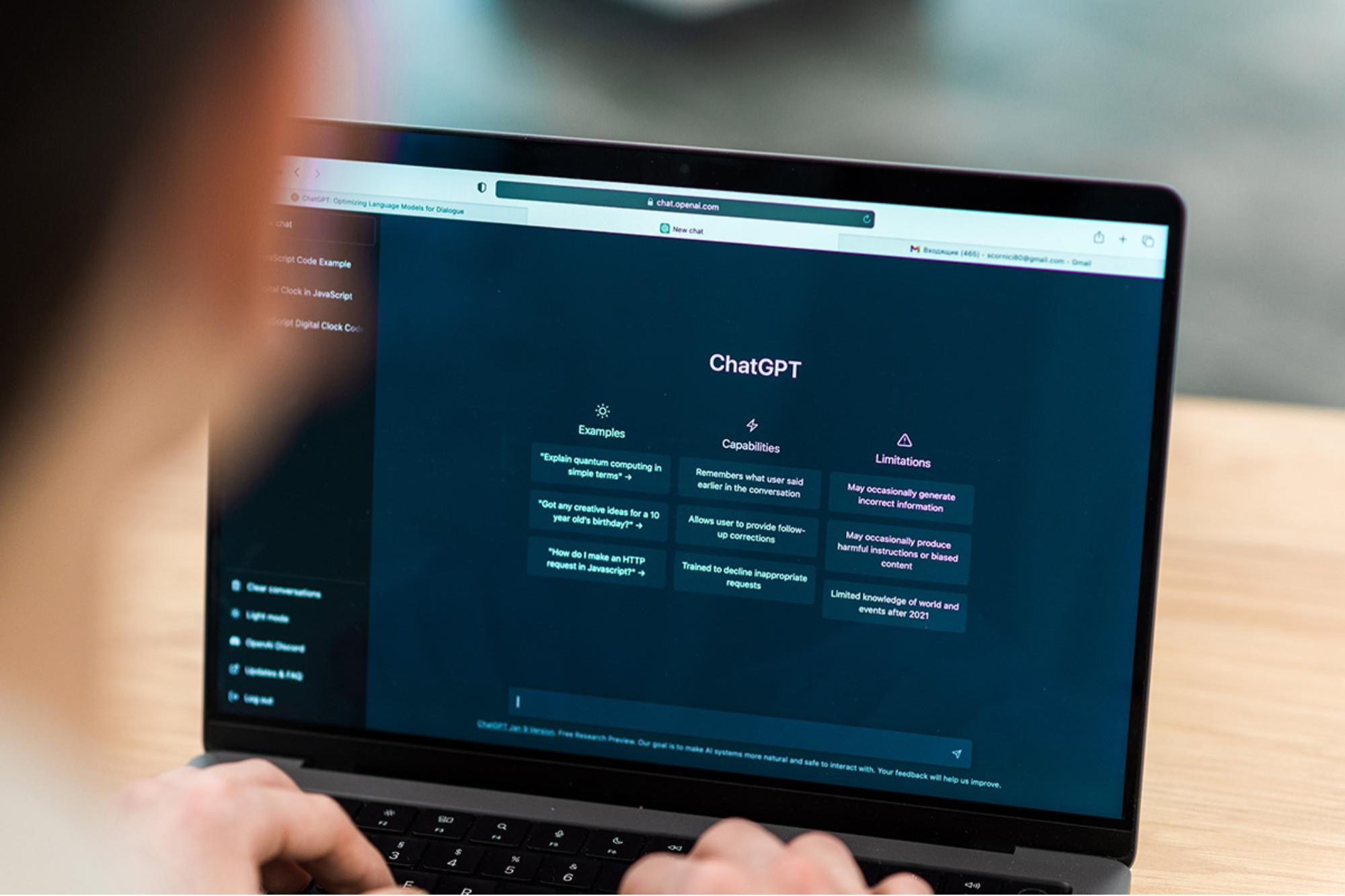Opinions expressed by Entrepreneur contributors are their own.
Crypto volumes have plunged from a post-Trump election surge of $126 billion to a mere $35 billion. Tech stocks remain sluggish compared to their former highs, even as the dollar hits a decade low. Venture capital feels like it’s collectively holding its breath, with top Silicon Valley firms pivoting their business models. This isn’t a collapse — far from it. It’s a rare, fragile pause. A “wait and see” moment of equilibrium that, like all market pauses, likely won’t last.
Behind the headlines, a far bigger story is unfolding. The United States and China have quietly reopened high-level trade talks aimed at easing the tensions that have defined the past five years of decoupling and protectionism. According to Bloomberg, these negotiations are among the most serious since Trump-era tariffs began reshaping global supply chains. At the same time, China is reportedly loosening capital controls and courting global investors again, which suggests Beijing views the current economic stall as too risky to endure.
If these talks produce breakthroughs — whether tariff rollbacks, a tech export détente or coordinated policy resets — investors can expect a market reaction not seen since early 2021. In short, this stillness may be the calm before the next global bull run. When capital floods back into high-growth sectors, it will do so suddenly and violently.
Founders should see this moment for what it is: a gift. The quiet between cycles is the rarest and most valuable time to build. Attention is cheap. Competition is minimal. Customers are more accessible. And though investors seem quiet, they’re watching closely for the teams that stayed focused while others lost steam.
Related: Today’s Biggest Companies Are Acting Like VCs. Here’s Why Startup Founders Need to Pay Attention.
For startup founders, the single most important mandate now is to increase velocity. This doesn’t mean grinding longer hours or chasing a vague idea of “hustle.” It means removing friction from your product cycle and delivering tangible features or updates to users every week. If your roadmap is quarterly, break it down into weekly shippable blocks. Tools like Linear and Notion help teams stay aligned without heavy process overhead. For UI or user-facing experiments, Figma remains one of the fastest ways to move from idea to prototype without slowing development. Founders must get hands-on with their products and focus on delivering value to power users.
Equally critical is user proximity. It’s easy to skip customer conversations when fundraising is tough and feature velocity slows, but that’s exactly when listening matters most. Even five brief conversations can reshape your roadmap. Ask simple questions: What frustrates power users right now? What features did they stop using, and why? This feedback doesn’t live in dashboards or pitch decks — it lives in the space between what users say and what they wish existed.
Another key use of this pause is building owned distribution. Paid channels are overpriced during market stagnation, and unless you’ve raised a mega-round, you can’t outbid incumbents. Instead, focus on organic reach and audience trust. Use content marketing tools like Substack or Beehiiv to grow an email list that’s immune to algorithm shifts. Invest time in SEO and keyword ranking. Record short product explainers or vision videos with Loom or Descript — not to “go viral,” but to humanize your build process and deepen audience trust through transparency. When markets heat up, people will remember the builders who kept showing up in the quiet— and say, “I’ve got the alpha on a hot project that’s about to pop.”
Macro signals are aligning. Long-term bond yields are starting to wobble, suggesting markets expect increased government stimulus or monetary easing. Chinese capital markets are showing signs of foreign inflows again, especially in ETF activity across Hong Kong and Singapore. Central bank rhetoric is shifting — from “containment” to “cooperation.” Once that shift becomes public and coordinated, markets will snap back, starting with high-risk, high-reward sectors like crypto, AI infrastructure, e-commerce and frontier B2B tooling.
Here’s the truth most won’t say: you won’t have time to prepare when that happens. The winners of the next cycle won’t be those who waited patiently for conditions to improve. They’ll be the founders who treated this silence like a sprint, not an intermission. Then boom! Silicon Valley’s legendary VC, Tim Draper, wrote a social media post saying, “Slack transforms communication, Microsoft responds with Teams. Tesla enters the market, and suddenly every automaker rediscovers innovation. Progress happens in bursts of energy.”
Related: 6 Hidden Costs of Scaling Your Business Too Quickly
Being first to market matters. That means launching scrappy MVPs before they’re perfect. Writing landing pages before the product is done. Building waitlists and generating buzz, even if customer acquisition costs aren’t optimized. This isn’t the time for polish; it’s the time for presence. Investors remember who shipped, who listened and who made noise without needing a bull market to do it for them.
This moment in the cycle doesn’t feel urgent, but it is. The silence is a setup. The only founders who survive the surge will be those building now, shipping weekly, while the world isn’t watching.
Ship faster. Build deeper. Talk to your loyal users. Grow your content channels. Engage.
Because when capital returns, it won’t send a save-the-date.
It will kick the door down. And everything you’ve built in this quiet stretch will either stand or be swept away when the big players come in.
Crypto volumes have plunged from a post-Trump election surge of $126 billion to a mere $35 billion. Tech stocks remain sluggish compared to their former highs, even as the dollar hits a decade low. Venture capital feels like it’s collectively holding its breath, with top Silicon Valley firms pivoting their business models. This isn’t a collapse — far from it. It’s a rare, fragile pause. A “wait and see” moment of equilibrium that, like all market pauses, likely won’t last.
Behind the headlines, a far bigger story is unfolding. The United States and China have quietly reopened high-level trade talks aimed at easing the tensions that have defined the past five years of decoupling and protectionism. According to Bloomberg, these negotiations are among the most serious since Trump-era tariffs began reshaping global supply chains. At the same time, China is reportedly loosening capital controls and courting global investors again, which suggests Beijing views the current economic stall as too risky to endure.
If these talks produce breakthroughs — whether tariff rollbacks, a tech export détente or coordinated policy resets — investors can expect a market reaction not seen since early 2021. In short, this stillness may be the calm before the next global bull run. When capital floods back into high-growth sectors, it will do so suddenly and violently.
The rest of this article is locked.
Join Entrepreneur+ today for access.








